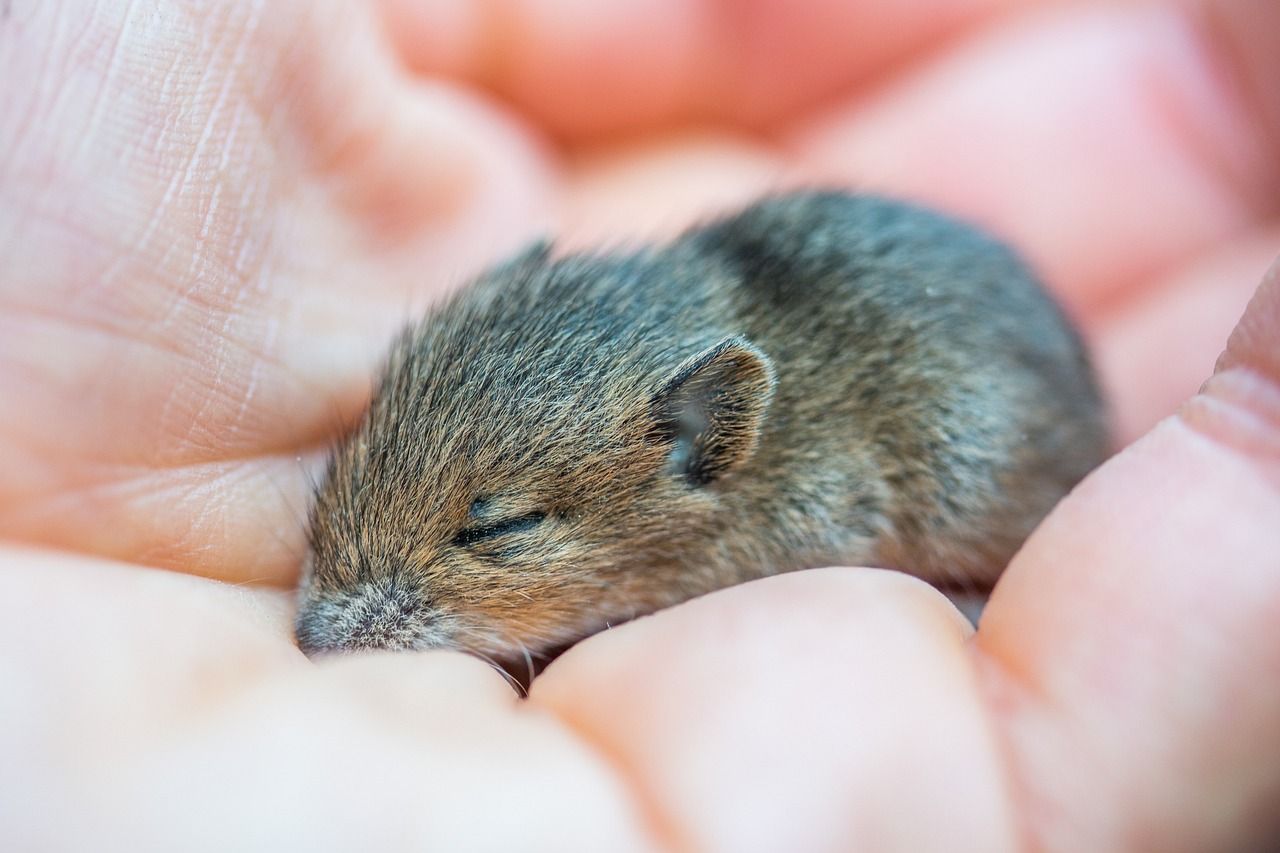Genetics: mice born from two fathers successfully reach adulthood 🐭
Published by Cédric,
Article author: Cédric DEPOND
Source: Cell Stem Cell
Other Languages: FR, DE, ES, PT
Article author: Cédric DEPOND
Source: Cell Stem Cell
Other Languages: FR, DE, ES, PT
Follow us on Google News (click on ☆)

Illustration image from Pixabay
Genetic imprinting: a biological lock
Sexual reproduction in mammals is a complex process. It involves a balance between the genetic material of both parents. A crucial mechanism, called genetic imprinting, plays a key role in this process. Certain genes, known as "imprinted genes," are activated or deactivated depending on whether they are inherited from the father or the mother. This phenomenon is essential for the proper development of the embryo.
The researchers overcame this obstacle by specifically modifying certain imprinted genes. They thus created viable embryos from two fathers. This genetic manipulation, although complex, allowed them to bypass the biological incompatibilities that previously prevented reproduction between individuals of the same sex.
A bold genetic manipulation
The Chinese team targeted 20 imprinted genes out of the 150 found in mice. They used CRISPR technology to deactivate or alter these genes in embryonic stem cells. These modified cells were then fused with the sperm of a second male to form embryos. These embryos were implanted into surrogate females.
Out of the 164 transferred embryos, seven pups were born. They reached adulthood, marking a world first. However, these mice exhibited abnormalities: sterility, reduced lifespan, abnormal size, and sometimes malformed organs.
These results, although improvable, show that it is possible to manipulate genetic imprinting to overcome reproductive barriers. They pave the way for new research into the fundamental mechanisms of reproduction and embryonic development.
Prospects for biomedical applications and ethical questions raised
This discovery could have applications in regenerative medicine. It could help better understand certain diseases related to genetic imprinting. In the long term, it could lead to new therapeutic strategies.
However, it raises significant ethical questions. Is manipulating genetic imprinting in humans feasible? What would be the long-term consequences for individuals created this way? These questions require thorough debate.
A significant step toward unisexual reproduction?
This study represents a significant step in understanding reproduction. It may bring us closer to a form of unisexual reproduction in mammals. However, many technical and ethical obstacles remain before such applications in humans can be considered.
To go further: What are the implications of modified sexual reproduction on evolution?
Modifying sexual reproduction through genetic imprinting could have unexpected consequences on species evolution. By adjusting the inheritance of imprinted genes, researchers could manipulate hereditary traits and even accelerate organism adaptation. These changes could influence natural selection differently from what we know today.
One question is whether these technologies could one day allow us to bypass natural reproductive barriers between species. If manipulating genetic imprinting makes interspecies reproduction viable, it could imply a redefinition of evolutionary boundaries. Moreover, such an advancement would carry numerous ecological and biological risks, potentially disrupting entire ecosystems.
Additionally, the possibility of manipulating DNA at such a precise level raises questions about the balance between scientific progress and respect for genetic diversity. If we ever consider modifying human genetic imprinting for therapeutic or reproductive purposes, it could have unforeseen effects on populations, altering the natural mechanisms of evolution in the long term.
Researchers will also need to examine the possibility that these manipulations could affect biodiversity through irreversible changes in the genetic characteristics of species. The challenge will be to find a balance between innovation and the preservation of biological diversity essential to the balance of nature.